Home>diy>Building & Construction>How To Manage A Construction Project
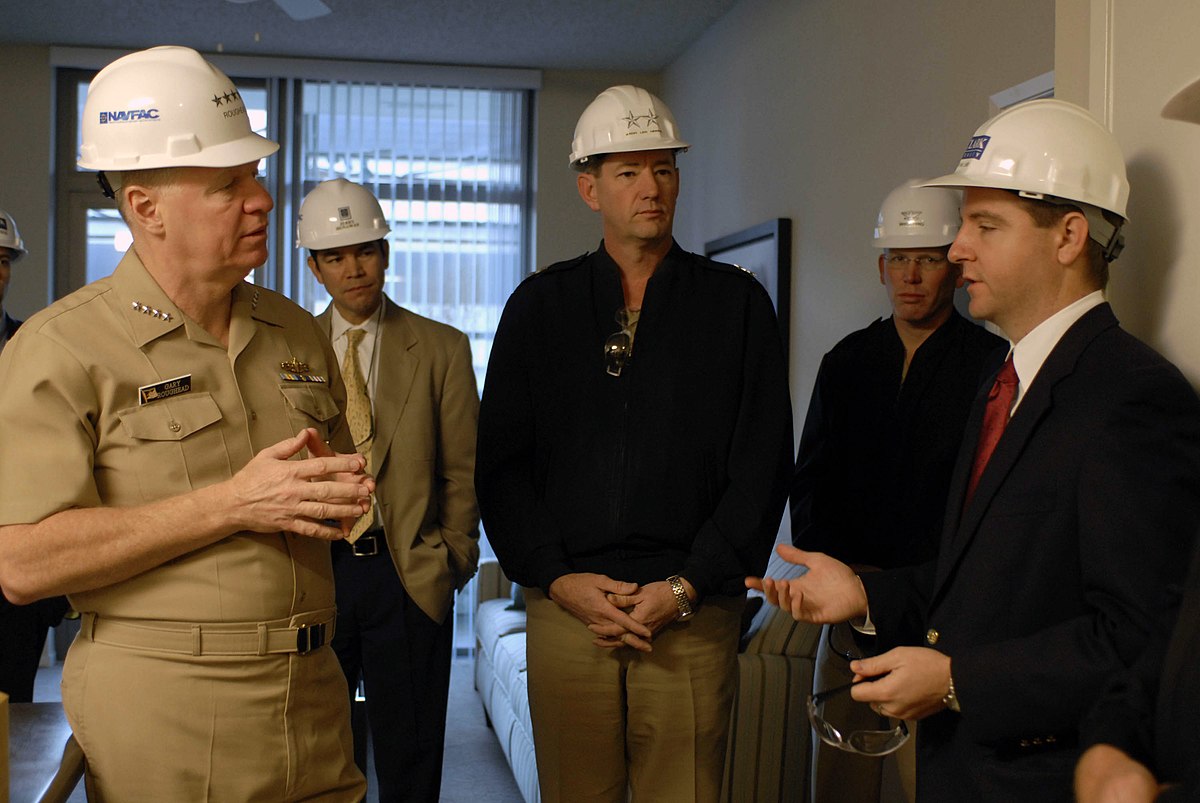

Building & Construction
How To Manage A Construction Project
Modified: December 7, 2023
Learn effective strategies and techniques to successfully manage a building construction project. Discover expert tips and best practices for streamlined project management.
(Many of the links in this article redirect to a specific reviewed product. Your purchase of these products through affiliate links helps to generate commission for Storables.com, at no extra cost. Learn more)
Introduction
Welcome to the world of construction project management! Managing a construction project involves numerous tasks, challenges, and responsibilities. Whether you’re a seasoned professional or just starting your career in the construction industry, understanding the fundamentals of construction project management is crucial to ensuring successful project outcomes.
In this article, we will explore the key steps and considerations involved in effectively managing a construction project. From collecting project requirements to closing out the project, we’ll cover everything you need to know to navigate the complexities of construction project management.
Construction projects can vary greatly in size and scope, ranging from residential builds to large-scale commercial developments. Regardless of the project’s scale, the basic principles and processes for construction project management remain consistent. By following a structured approach and employing best practices, project managers can mitigate risks, control costs, and deliver projects on time and within budget.
Successful construction project management requires a combination of technical knowledge, strong leadership skills, and effective communication. Project managers must collaborate with stakeholders, including clients, architects, engineers, contractors, and suppliers, to ensure clear expectations and objectives are established from the outset.
Additionally, construction project managers must have a comprehensive understanding of construction methods, codes and regulations, procurement processes, and resource management. They must also possess excellent organizational and problem-solving skills to handle unexpected challenges that may arise during project execution.
Throughout this article, we will delve into each stage of the construction project management process in detail, providing tips and insights that will enable you to effectively manage your construction projects. So, let’s get started on this exciting journey into the world of construction project management!
Key Takeaways:
- Effective construction project management requires thorough requirement gathering, clear communication, and proactive stakeholder engagement. By establishing a strong foundation, project managers can navigate complexities and ensure successful project outcomes.
- Robust project planning, resource management, and risk assessment are essential for construction project success. By prioritizing quality, communication, and project closure, managers can deliver projects on time and within budget.
Read more: What Is Construction Quality Management
Collecting Project Requirements
Collecting project requirements is the initial step in construction project management and sets the foundation for a successful project. This stage involves engaging with stakeholders to identify their needs, goals, and expectations for the construction project.
Effective requirement gathering requires clear communication and active listening to ensure all parties have a shared understanding of the project scope. Project managers must conduct thorough interviews, meetings, and workshops with clients and stakeholders to gather comprehensive information.
During the requirements gathering process, it is crucial to document all information accurately and comprehensively. This includes capturing the project objectives, budget constraints, timeline expectations, required functionalities, and any unique or specific requirements.
Additionally, project managers should also identify any regulatory or legal requirements that may apply to the project, such as building codes, permits, and environmental regulations. Ensuring compliance with these requirements from the start will help avoid delays and costly rework later in the project.
Once the requirements are collected, they should be reviewed and prioritized. Clarifying ambiguous requirements and resolving conflicting expectations early on will help prevent misunderstandings and project delays down the line.
Detailed documentation of project requirements serves as the basis for developing a project plan and defining project deliverables. It also enables the project manager to set realistic expectations with clients and stakeholders and manage their expectations throughout the project lifecycle.
Remember, effective requirement gathering is an ongoing process. As the project progresses, new requirements may surface or existing requirements may change. Project managers must regularly communicate with stakeholders to ensure that project requirements remain current and aligned with evolving needs.
By diligently collecting project requirements and maintaining open lines of communication with stakeholders, construction project managers can create a strong foundation for successful project execution and delivery.
Creating a Project Plan
Creating a comprehensive project plan is a critical step in construction project management. The project plan serves as a roadmap, outlining the project’s objectives, deliverables, timelines, and resource allocations. It provides a structured approach to guide the project team throughout the project lifecycle.
When creating a project plan, project managers must consider several key components:
- Project Scope: Clearly define the project scope, including the specific deliverables and objectives that need to be accomplished.
- Work Breakdown Structure (WBS): Break down the project into smaller, manageable components or work packages. This helps to organize tasks, allocate resources, and establish dependencies.
- Timeline: Develop a realistic timeline that includes milestones, key activities, and dependencies. Consider factors such as weather conditions, supplier lead times, and potential delays to ensure an accurate project schedule.
- Resource Allocation: Identify the resources required for each task, including labor, equipment, and materials. Ensure that resources are effectively allocated to avoid bottlenecks and delays.
- Risk Assessment: Identify potential risks and develop strategies to mitigate them. This may include implementing safety measures, contingency plans, or insurance coverage.
- Communication Plan: Define the communication channels, frequency, and stakeholders involved in the project. Establishing clear lines of communication helps to ensure effective collaboration and timely decision-making.
As part of the project planning process, project managers should also consider the budget and cost estimates. This involves estimating the costs associated with labor, materials, equipment, permits, and any other project-related expenses. Accurate cost estimation helps to avoid cost overruns and ensures that the project remains within budget.
Additionally, project managers should review the project plan with key stakeholders to gain their input and approval. This promotes transparency and aligns expectations between the project team and stakeholders.
Remember, a project plan is a living document that should be regularly reviewed and updated as the project progresses. Adjustments may be required due to unforeseen circumstances or changes in project requirements. Project managers must be adaptable and proactive in monitoring and adjusting the project plan to ensure successful project execution.
By creating a solid project plan, construction project managers can effectively allocate resources, establish clear objectives, and navigate the project with confidence.
Estimating Costs and Budgeting
Estimating costs and budgeting is a crucial aspect of construction project management. It involves assessing the resources required for the project and developing a comprehensive budget to ensure financial control throughout the project lifecycle.
Accurate cost estimation is essential to avoid unexpected expenses, prevent cost overruns, and ensure that the project remains within budget constraints. Here are some key steps in estimating costs and budgeting for a construction project:
- Identify and quantify project requirements: Review the project scope and gather detailed information about the required materials, labor, equipment, permits, and other resources. Assess the quality and quantity of each resource to determine accurate cost estimates.
- Research and costing: Conduct thorough research on the current market prices for materials, labor rates, and equipment rentals. Obtain quotes from suppliers and subcontractors to gather accurate pricing information. Analyze historical data from similar projects to identify cost patterns and trends.
- Breakdown of costs: Create a detailed cost breakdown for each component of the project. This includes categorizing costs into direct costs (e.g., materials, labor) and indirect costs (e.g., permits, insurance). Break down costs further into specific work packages or activities in the project plan.
- Contingency planning: Factoring in contingencies is crucial to account for unforeseen events or changes in project requirements. Allocate a portion of the budget as a contingency reserve to address any potential risks or changes during the project.
- Budget management: Once the costs are estimated, develop a comprehensive budget that aligns with the project plan. Monitor and track expenditures throughout the project lifecycle, ensuring that the actual costs are in line with the planned budget. Implement strategies to control costs and take corrective actions if necessary.
- Regular budget reviews: Conduct regular reviews of the budget, comparing actual costs against planned costs. Identify any deviations and make adjustments accordingly. This helps to identify areas where cost savings can be achieved or where additional funds may be required.
Effective budgeting also requires collaboration and communication with stakeholders. There should be clear transparency and understanding of the budget with clients, contractors, and suppliers. Regular communication will enable stakeholders to make informed decisions and manage their financial responsibilities.
Remember, cost estimation and budgeting is an iterative process. As the project progresses, cost estimates may need to be revised based on actual expenditures, changes in project scope, or market conditions.
By accurately estimating costs and developing a comprehensive budget, construction project managers can effectively manage financial resources and ensure the project remains on track financially.
Procuring and Managing Resources
Procuring and managing resources is a critical aspect of construction project management. Resources such as labor, materials, and equipment are essential for project execution and success. Effective procurement and management of resources ensures that the right resources are available at the right time and in the right quantity.
Here are some key steps to consider when procuring and managing resources for a construction project:
- Identify resource requirements: Review the project plan and determine the specific resources needed for each task or activity. This includes identifying the necessary labor skills, materials, equipment, and subcontractors required.
- Vendor and subcontractor selection: Conduct a thorough evaluation and selection process to choose the most suitable vendors and subcontractors. Consider factors such as experience, reputation, cost-effectiveness, and ability to meet project requirements.
- Negotiation and contracts: Negotiate favorable terms and conditions with vendors and subcontractors. Ensure that contracts clearly outline deliverables, timelines, payment terms, and any other relevant details. Regularly monitor and manage contract performance to ensure compliance.
- Resource scheduling: Develop a resource schedule that aligns with the project timeline. This involves assigning specific resources to tasks or activities based on availability, skillset, and priority. Avoid overloading resources or creating bottlenecks in the project schedule.
- Inventory management: Maintain accurate inventory records to ensure that materials and equipment are available when needed. Implement systems to track inventory levels, monitor consumption rates, and re-order supplies in a timely manner.
- Logistics and transportation: Coordinate the logistics and transportation of resources to the project site. This includes planning for the delivery of materials, scheduling equipment rentals, and arranging transportation for personnel and materials.
- Resource optimization: Continuously monitor and optimize resource utilization. Avoid excessive overtime or resource underutilization by adjusting schedules, reallocating resources, or implementing productivity improvement measures.
Effective resource management also involves good communication and coordination with stakeholders. Regularly communicate with vendors, subcontractors, and the project team to ensure smooth resource flow and address any potential issues or delays.
Additionally, consider implementing technology solutions to streamline resource management processes. Construction management software can provide real-time visibility into resource availability, facilitate communication, and automate resource scheduling and tracking.
By effectively procuring and managing resources, construction project managers can optimize project execution, reduce costs, and improve overall project performance.
Read more: What Is Construction Manager At Risk
Scheduling and Time Management
Scheduling and time management are crucial aspects of construction project management. Properly managing the project schedule ensures that tasks are completed on time, milestones are achieved, and the project stays on track for timely completion.
Here are some key steps to consider when developing and managing the project schedule:
- Work breakdown structure (WBS): Break down the project into smaller, manageable tasks or work packages. This helps to organize the project activities and establish dependencies.
- Estimate task durations: Determine the time required to complete each task or work package. Consider factors such as the complexity of the task, available resources, and any constraints or dependencies.
- Sequence tasks: Identify the logical sequence in which tasks should be performed. Determine any dependencies between tasks, where one task cannot start until another is completed.
- Create a project schedule: Use project scheduling software or tools to develop a comprehensive project schedule. This includes visualizing the project timeline, assigning resources to tasks, and establishing start and end dates for each task.
- Optimize the schedule: Continuously monitor and adjust the schedule as needed. Anticipate and address potential delays or challenges. Look for opportunities to optimize the schedule by rearranging tasks or reallocating resources.
- Milestone tracking: Identify key milestones that mark significant progress or achievements in the project. Regularly track and communicate milestone completion to stakeholders to ensure transparency and alignment with project objectives.
- Consider project constraints: Recognize any project constraints, such as weather conditions, regulatory requirements, or resource availability. Factor these constraints into the project schedule and account for contingencies.
- Communication and coordination: Communicate the project schedule to all stakeholders, including the project team, contractors, and clients. Ensure that everyone has a clear understanding of the timeline, dependencies, and critical milestones.
- Regular progress tracking: Continuously monitor and track progress against the project schedule. Identify any deviations or delays and take corrective actions promptly. Regular progress reports help to keep the project on schedule and provide visibility into potential risks.
Effective time management also involves effective delegation and prioritization. Assign tasks to the appropriate team members based on their skills and availability. Establish clear priorities to ensure that the most critical tasks are given the necessary focus and attention.
By properly scheduling and managing time, construction project managers can optimize project efficiency, reduce delays, and achieve timely project completion.
Always have a detailed project plan in place, including timelines, budgets, and resources. Regularly communicate with your team and stakeholders to ensure everyone is on the same page.
Risk Assessment and Management
Managing risks is a critical aspect of construction project management. Construction projects are inherently prone to a variety of risks, including safety hazards, budget overruns, schedule delays, and unforeseen events. Therefore, implementing a robust risk assessment and management process is essential to mitigate potential threats and ensure project success.
Here are some key steps to consider when assessing and managing risks in a construction project:
- Identify and categorize risks: Conduct a thorough risk assessment to identify potential risks and hazards. Categorize risks into different categories such as safety, financial, environmental, and legal risks.
- Estimate the impact and likelihood: Evaluate the potential impact and likelihood of each identified risk. Assess the potential consequences on the project’s scope, budget, schedule, and stakeholders.
- Prioritize risks: Determine the priority of each risk based on its potential impact and likelihood. Allocate resources and develop risk response strategies based on the level of priority.
- Develop risk response strategies: Develop proactive strategies to mitigate, transfer, or avoid each identified risk. This may involve implementing safety measures, obtaining insurance coverage, or adjusting project plans to minimize potential impacts.
- Implement risk controls: Put in place control measures to monitor and manage identified risks. This includes regular inspections, safety training, quality control measures, and ongoing communication with stakeholders.
- Continuously monitor and review risks: Regularly monitor the identified risks and assess their effectiveness. Update risk response strategies as needed and address any new risks that arise during the project lifecycle.
- Establish a risk management plan: Develop a comprehensive risk management plan that outlines the risk assessment process, risk response strategies, roles and responsibilities, and communication protocols.
- Communication and stakeholder management: Regularly communicate risk-related information with stakeholders, including clients, contractors, and regulatory authorities. Maintain open lines of communication to ensure that everyone is aware of potential risks and the implemented risk management strategies.
It is important to foster a culture of safety and risk management within the project team. Encourage reporting of potential risks or hazards and provide appropriate training and support to mitigate risks effectively.
Remember, risk management is an ongoing process throughout the project lifecycle. By proactively identifying and managing risks, construction project managers can minimize potential disruptions, ensure the safety of the team, and safeguard the project’s success.
Monitoring and Controlling the Project
Monitoring and controlling the project is an essential aspect of construction project management. It involves tracking the progress of the project, assessing performance, and making necessary adjustments to ensure that the project stays on track and meets its objectives.
Here are the key steps to effectively monitor and control a construction project:
- Establish performance metrics: Define key performance indicators (KPIs) that align with the project’s objectives. These metrics could include milestones achieved, budget variance, schedule adherence, quality standards, and safety records.
- Regular progress tracking: Continuously monitor and track the project’s progress against the established metrics. Regularly update project documentation and maintain updated records of completed tasks, milestones, and expenditures.
- Variance analysis: Analyze any deviations from the project plan, such as costs, schedule, and quality. Identify the cause of variances and implement corrective actions to address them promptly. This could involve revising the project schedule, adjusting resource allocations, or reevaluating the budget.
- Risk management: Continuously assess and manage project risks. Regularly review the risk management plan, identify new risks, and implement appropriate risk response strategies. Address any potential threats or issues promptly to minimize their impact on the project’s success.
- Quality control and assurance: Establish processes to monitor and control the quality of workmanship and materials. Regularly inspect and test the construction work to ensure compliance with specifications and regulatory requirements. Implement quality assurance procedures to minimize rework and ensure the delivery of a high-quality final product.
- Change management: Establish a formal change management process to assess and manage project changes. Evaluate the impact of proposed changes and obtain approval from relevant stakeholders before implementing them. Proper change management helps to maintain control over the project’s scope, schedule, and budget.
- Communication and reporting: Regularly communicate project progress and status updates with stakeholders. Provide regular reports that clearly outline project performance, highlighting any significant achievements, challenges, or areas that require attention. Ensure that communication channels are open and that stakeholders have access to timely and accurate project information.
Implementing project management software or tools can aid in monitoring and controlling the project. These tools can automate data collection, provide real-time visibility into project metrics, and facilitate communication and collaboration among team members.
Remember, monitoring and controlling the project is an ongoing process that should be conducted throughout the project’s lifecycle. Regularly review and update project documentation, assess performance against established metrics, and make adjustments as needed to ensure project success.
Communication and Stakeholder Management
Communication and stakeholder management play a vital role in construction project management. Effectively engaging with stakeholders and maintaining clear lines of communication are crucial for project success. Good communication fosters collaboration, aligns expectations, and promotes a positive project environment.
Here are key considerations for communication and stakeholder management in construction projects:
- Identify stakeholders: Identify all stakeholders who have an interest or influence in the project. This includes clients, contractors, suppliers, government authorities, and the local community. Determine their needs, expectations, and level of involvement in the project.
- Establish communication channels: Establish clear and effective communication channels with stakeholders. This may include regular progress meetings, email updates, project documentation, and a centralized project communication platform. Ensure that stakeholders have the necessary information and are aware of the established communication channels.
- Regular communication: Maintain regular and transparent communication with all stakeholders throughout the project lifecycle. This includes providing updates on progress, key decisions, changes, and any potential impacts on the project. Seek feedback from stakeholders and address their concerns or inquiries in a timely manner.
- Adapt communication styles: Tailor communication styles and methods to suit stakeholders’ preferences and needs. Some stakeholders may prefer more detailed technical updates, while others may require a more high-level overview. Utilize appropriate communication techniques to ensure information is effectively conveyed and understood.
- Manage expectations: Set clear and realistic expectations with stakeholders regarding project goals, timelines, and deliverables. Regularly communicate any changes or deviations from the original plan, and obtain stakeholder buy-in for revised project objectives.
- Issue resolution: Actively address any conflicts or issues that may arise during the project. Utilize effective conflict resolution techniques to find mutually satisfactory solutions. Promptly address any stakeholder concerns to maintain trust and positive relationships.
- Engage stakeholders in decision-making: Involve stakeholders in relevant project decisions, especially when it impacts them directly. Seek their input, consider their perspectives, and incorporate their feedback when making key project decisions. This promotes stakeholder engagement and fosters a sense of ownership in the project outcome.
In addition to stakeholder communication, effective stakeholder management involves understanding their interests, concerns, and motivations. Regularly assess their level of satisfaction and proactively address any potential risks or challenges to maintain positive stakeholder relationships.
Remember, stakeholders play a crucial role in the success of the project. By establishing clear communication channels, managing expectations, and engaging stakeholders throughout the project, construction project managers can build strong relationships and ensure project success.
Quality Control and Assurance
Quality control and assurance are essential components of construction project management. Ensuring high standards of quality throughout the project is vital to meet client expectations, comply with regulations, and deliver a successful outcome. Here are key considerations for quality control and assurance in construction projects:
- Establish quality standards: Define clear quality standards and specifications for the project. This includes identifying the required materials, workmanship, and performance criteria. Consult relevant industry standards, codes, and regulations to ensure compliance.
- Develop a quality management plan: Create a comprehensive quality management plan that outlines the processes and procedures for quality control and assurance. This plan should include inspection protocols, testing methods, and documentation requirements.
- Supplier and subcontractor selection: Choose reputable suppliers and subcontractors who have a track record of delivering high-quality work. Conduct due diligence to ensure they meet the required quality standards and adhere to relevant certifications.
- Regular inspections and testing: Implement a system of regular inspections and testing to monitor compliance with quality standards. Inspect work in progress, conduct field tests, and review documentation to ensure adherence to specifications.
- Document non-conformities: Document any non-conforming work or deficiencies identified during inspections. Communicate these issues to the responsible parties and implement corrective actions. Maintain a comprehensive record of all non-conformities and their resolutions.
- Continuous improvement: Foster a culture of continuous improvement by gathering feedback from stakeholders, conducting lessons learned sessions, and implementing corrective actions. Regularly review and update quality control processes based on lessons learned from previous projects.
- Training and education: Provide training and education to the project team and subcontractors on quality standards, techniques, and best practices. Ensure everyone involved understands the importance of quality control and their role in achieving it.
- Third-party inspections and certifications: Engage third-party inspectors or auditors to conduct independent evaluations of the project’s quality. Seek certifications or accreditations that demonstrate compliance with specific quality standards, such as ISO standards.
- Client involvement: Involve clients in quality control and assurance efforts. Seek their input and feedback to ensure their expectations are met. Regularly communicate progress and quality-related issues to maintain transparency and manage client expectations.
Quality control and assurance should be integrated into the project’s overall management and decision-making processes. It requires a proactive and collaborative approach among all project stakeholders, from project managers to subcontractors and suppliers.
By implementing robust quality control and assurance practices, construction project managers can deliver projects that meet or exceed client expectations, comply with regulations, and maintain a reputation for excellence in the industry.
Closing the Project
Closing the project is the final phase of construction project management. It involves completing all necessary activities to formally close out the project, finalize documentation, and transition the completed project to the client. Successful project closure ensures a smooth handover and paves the way for future opportunities. Here are key steps to consider when closing a construction project:
- Project evaluation: Conduct a comprehensive evaluation of the project’s performance against the established objectives and metrics. Assess the project’s success, lessons learned, and areas for improvement. Obtain feedback from stakeholders, including clients, contractors, and the project team.
- Documentation and archiving: Compile and organize all project documentation, including contracts, permits, drawings, change orders, inspection reports, and warranties. Ensure that all documentation is accurate, up-to-date, and stored appropriately for future reference.
- Financial closure: Review the project budget, reconcile financial records, and close out any outstanding invoices or payments. Prepare final financial reports, including a project cost analysis and variance analysis.
- Final inspections and quality assurance: Conduct a final inspection of the completed project to ensure adherence to quality standards. Rectify any outstanding defects or issues identified during the inspection. Obtain client sign-off or a certificate of completion.
- Contract closure: Review all contracts and subcontracts to ensure all contractual requirements have been fulfilled. Complete any necessary closeout procedures, including obtaining lien releases, finalizing subcontractor agreements, and closing out any performance or payment bonds.
- Handover and client acceptance: Arrange a formal handover meeting with the client to transfer project deliverables, relevant documentation, and warranties. Obtain client acceptance and approval of the completed project. Confirm that all client expectations and contractual obligations have been met.
- Lessons learned: Conduct a lessons learned session to identify successes, challenges, and opportunities for improvement. Document the findings and share them with the project team and stakeholders. Incorporate lessons learned into future projects to enhance project execution and performance.
- Celebration and recognition: Acknowledge the efforts and achievements of the project team and stakeholders. Express appreciation for their contributions and celebrate the successful completion of the project. This fosters a positive project closure experience and strengthens professional relationships.
Additionally, ensure that all permits, licenses, and regulatory requirements are appropriately closed out. Notify relevant authorities of the project’s completion and obtain any necessary approvals or certifications.
Closing the project effectively demonstrates professionalism and sets the stage for future collaborations. It provides an opportunity to leave a positive final impression with clients and stakeholders, enhancing the reputation of the project team and contributing to overall project success.
Frequently Asked Questions about How To Manage A Construction Project
Was this page helpful?
At Storables.com, we guarantee accurate and reliable information. Our content, validated by Expert Board Contributors, is crafted following stringent Editorial Policies. We're committed to providing you with well-researched, expert-backed insights for all your informational needs.

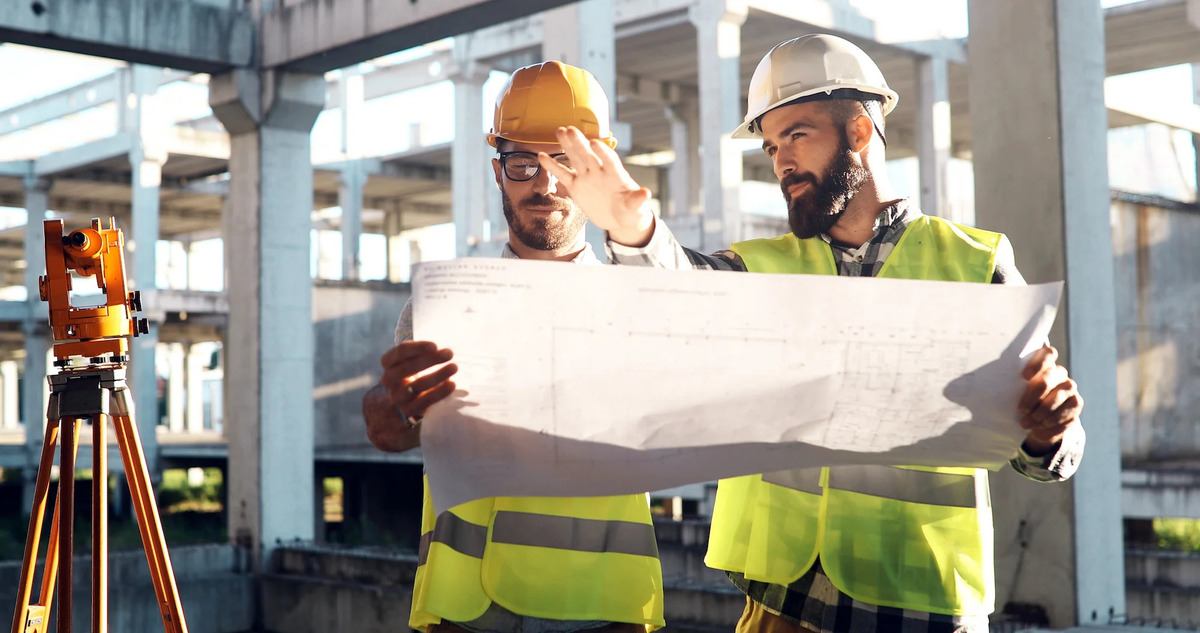

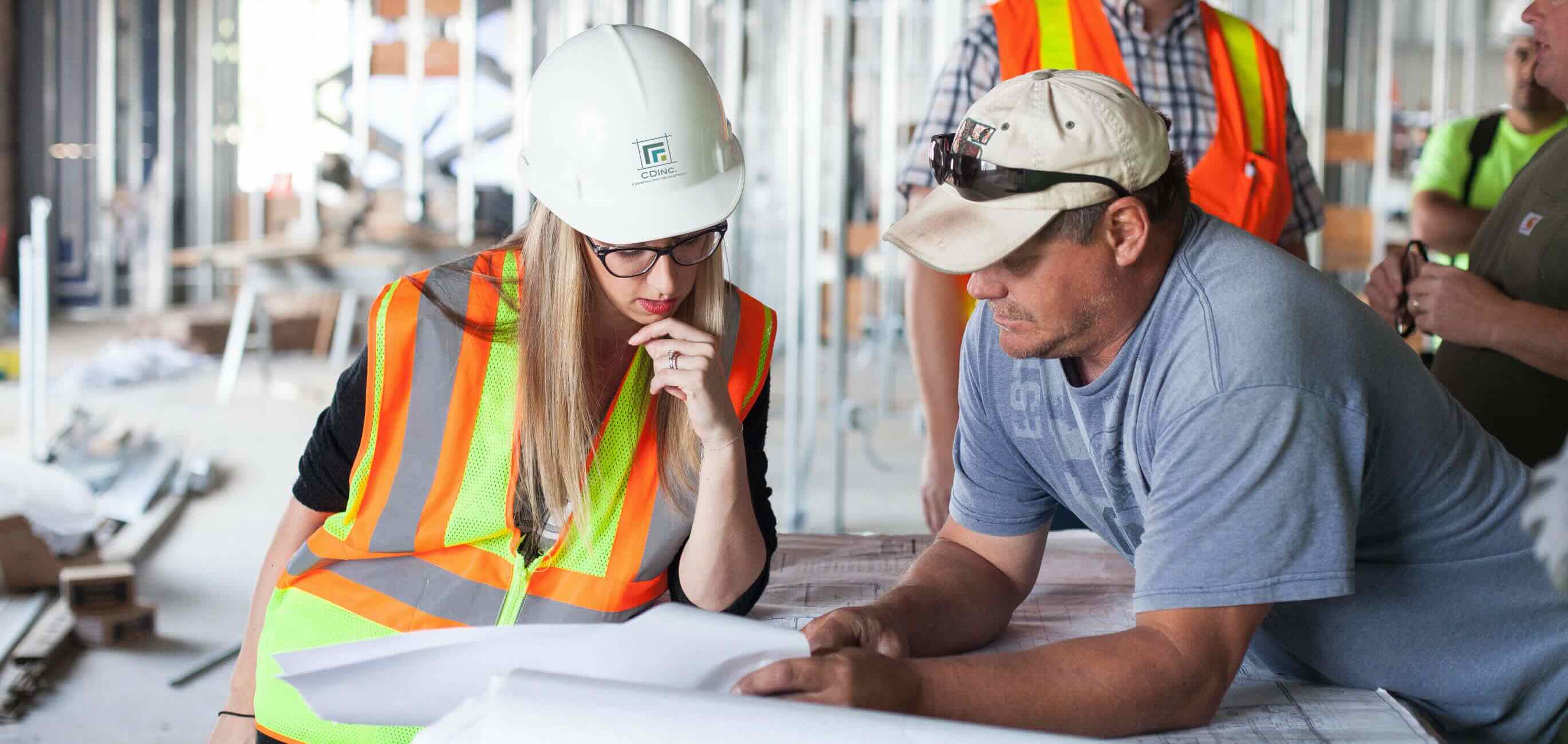

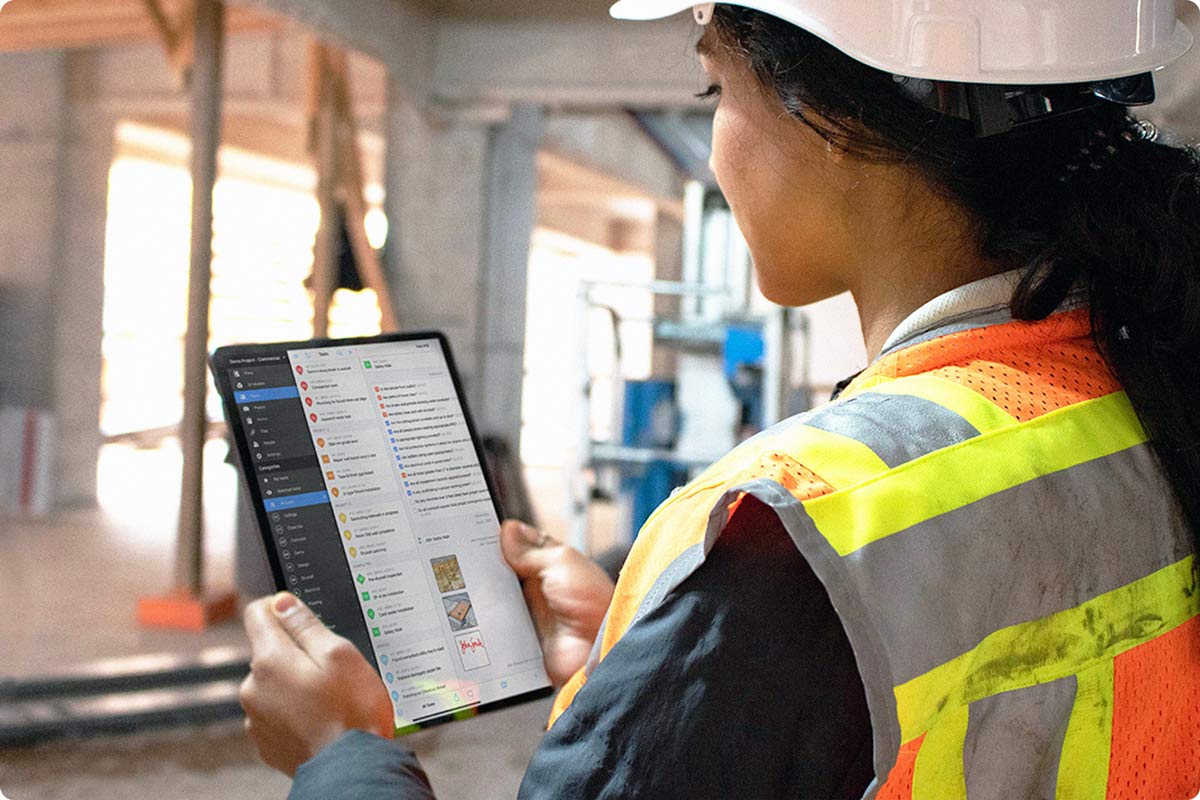


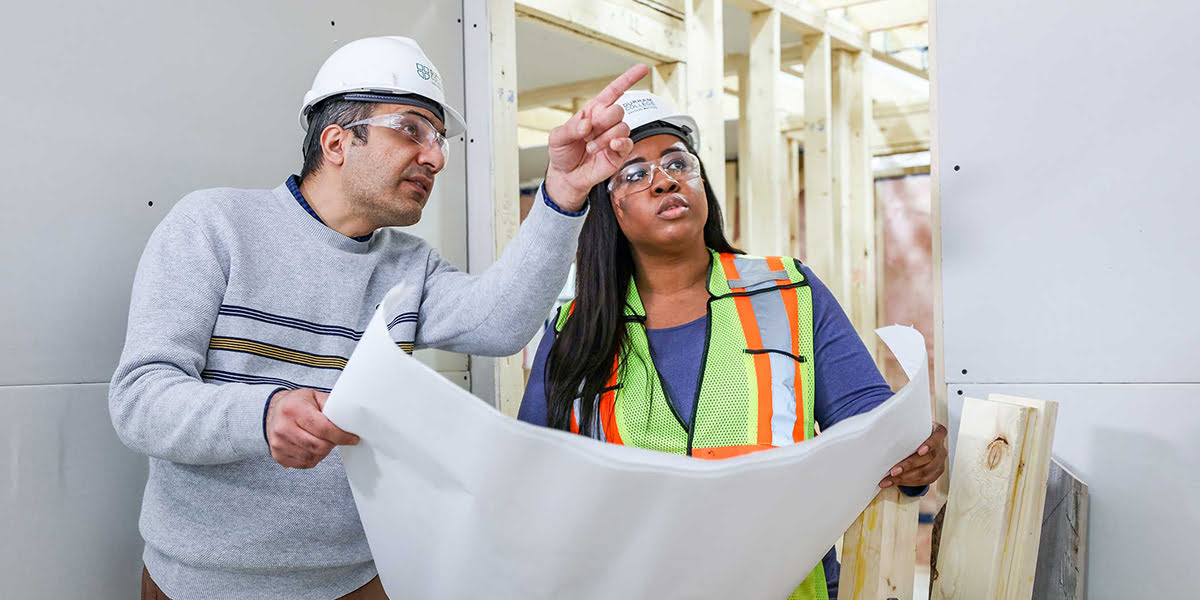
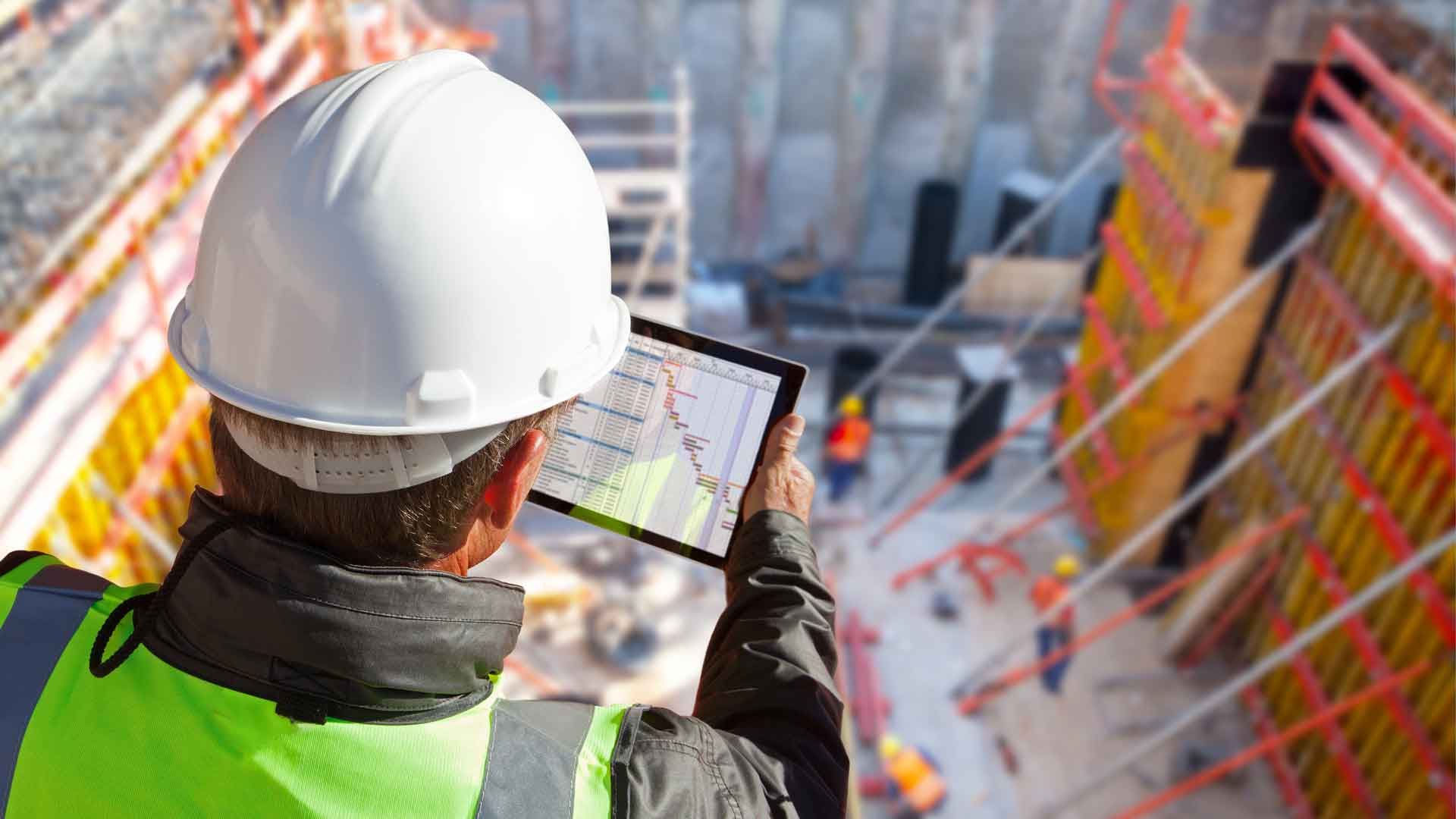


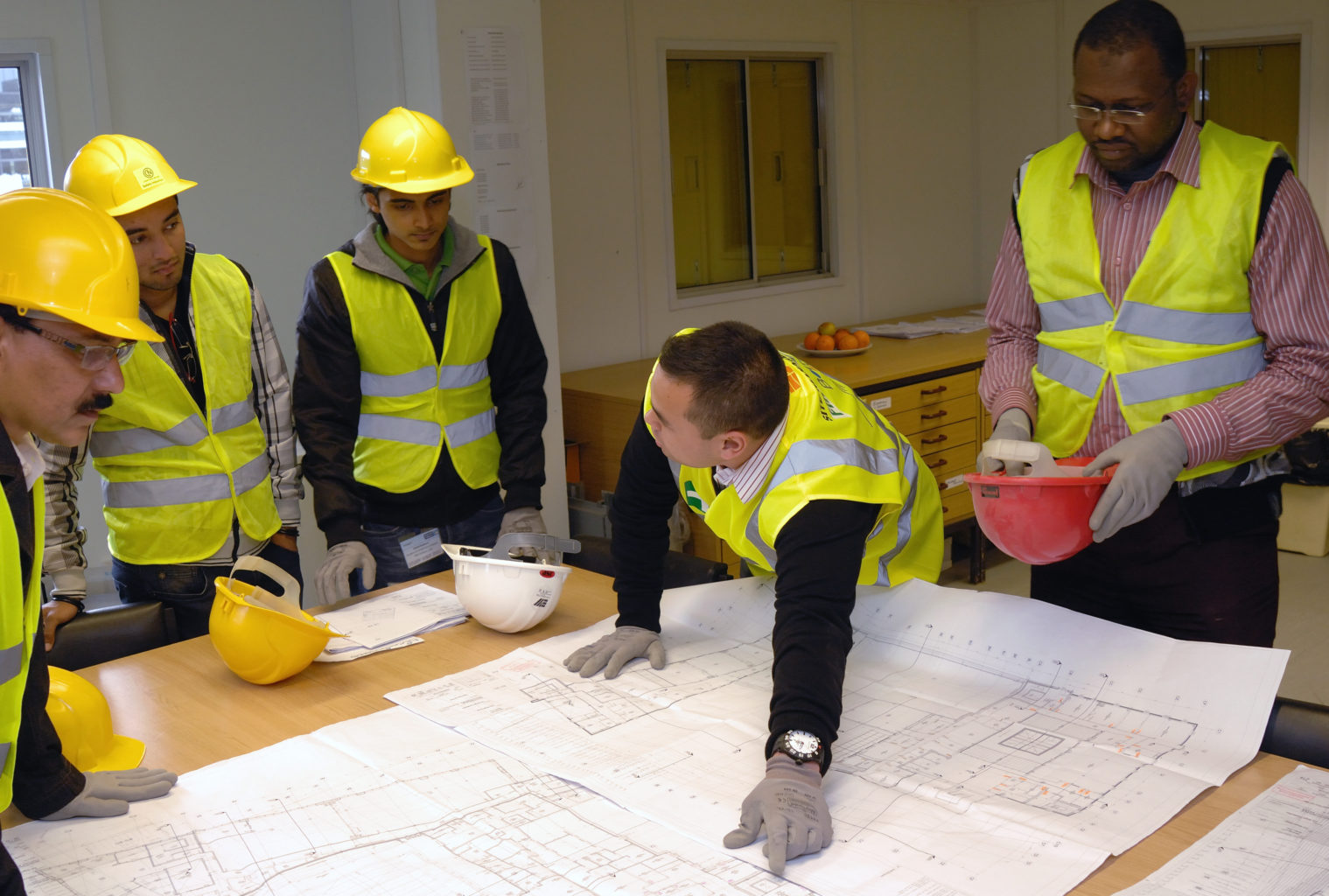

0 thoughts on “How To Manage A Construction Project”